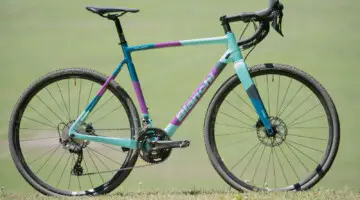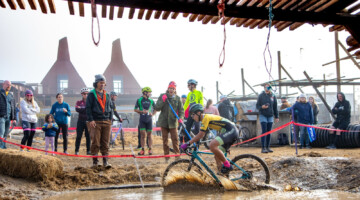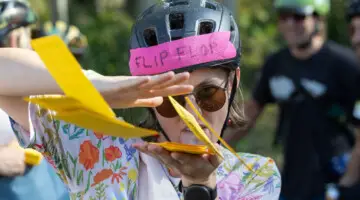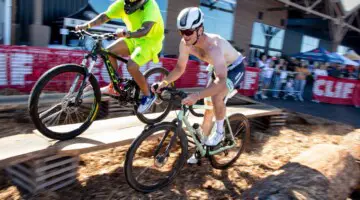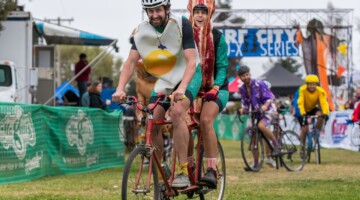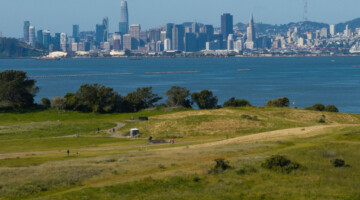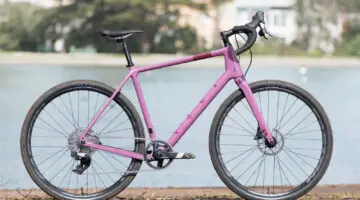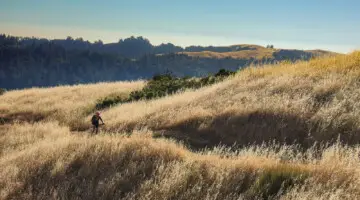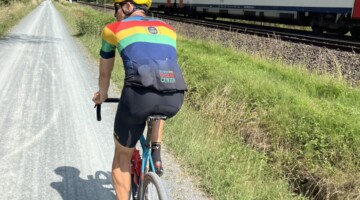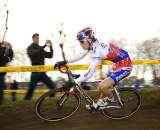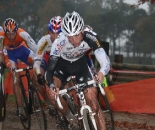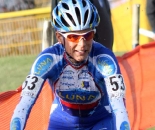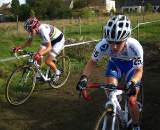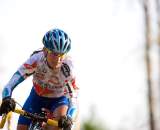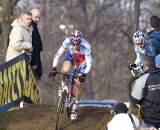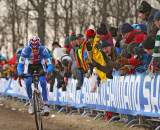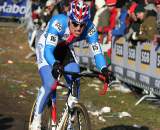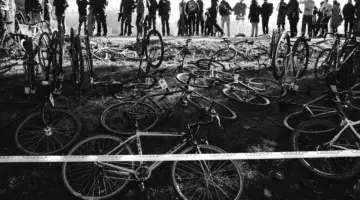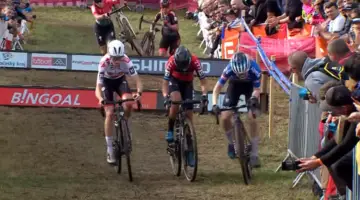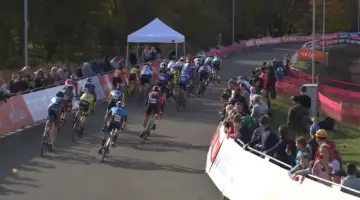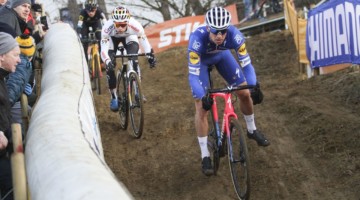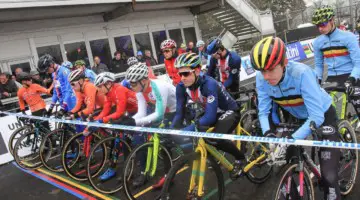With the upcoming World Championship races in Tábor, American fans will be sure to have a lot of questions, such as: is it still called Czechoslovakia? How the heck do you pronounce “Zdeněk Štybar?” And most importantly how do you say “beer” in Czech? (the answers are no, the Czech Republic and Slovakia split in 1993; the ě = “je” sound – push your jaw forward and you’ll get it; and most importantly, pivo).
While the language might cause some tongues to give up in twisted agony, American cyclocross actually enjoys a quirky connection with the Czech Republic/former Czechoslovakia dating back to the Cold War. During the early 1980s, a Czech emigrant, “Coach Miloš,” headed up the nascent U.S. cyclocross team. During his time with the team, the Americans were privy to the rare opportunity to venture behind the Iron Curtain. Prior to the 1985 championship race in Munich, Coach Miloš decided to bring his team to train with the Czechoslovak team in Jičín, a town in picturesque northeastern Bohemia, near the Polish border. The town also happened to be close to Czech cyclocross superstar Miloš Fišera’s hometown, about an hour south in Kolín.
Jičín is well-known as the gateway to “Czech paradise,” an outdoorsy area perfect for cyclocross training and racing. Fišera had been honored as the top Czechoslovak cyclist in 1981-82 after winning the U23 world championships in both years. Radomír Šimůnek (yup, father to the current ‘cross superstar, Radomír Šimůnek Jr.) was the runner-up to Fišera in 1982 before taking over as U23 world champion in 1983 and 1984. With such pedigree, it was no wonder the Americans were lucky to spend some time training with the Czechoslovaks. The Czechslovak team had been doing winter racing in Jičín since 1983 with Fišera and Šimůnek using the local races as warm-ups for the World Championships. Martin Raufer, the youngest member of the national team, was only seventeen when the Americans arrived. Raufer spoke a bit of English, but his memories of the American team (including Steve Tilford and Dave McLaughlin) are very articulate.
Though the mid-1980s were the period of perestroika and glasnost for most communist countries, entering and exiting the Iron Curtain was still very difficult. Coach Miloš was heavily questioned by the border police, but the rest of the Americans were let in with relative ease. Inside the country, the two teams exchanged cultural experiences. It was the Americans who introduced the Czechoslovaks to the mountain bike, brought along by Laurence Malone. Having never heard of the Specialized brand until then, Raufer still has a Specialized bottle from the visit. In return, the Americans experienced the intense training regimen of the Czechoslovaks (long rides and runs in the snow) and learned about the noted beauty of Czech women.
After a few weeks of training, both teams left for Munich. The Czechoslovaks had a much more difficult time crossing the border, and Raufers’ parents were denied permission to make the trip to see their son race in the World Championships. Due to a quota on how much money one could take along when leaving the country, the Czechoslovak manager took along tubular tires to sell for extra cash in Germany. In contrast the Americans, Raufer recalls, “had very fat wallets.” Raufer remembers Tilford being amused at the border crossing situation and took some photos of the border police.
In non-cyclocross related news, Tábor is an important cultural and historical site for the Czechs, and the town shows up in the annals of European history. A couple of centuries prior to Martin Luther’s reformation, a Czech preacher named Jan Hus managed to tick off the Pope so much that he was burned at the stake, setting off a series of wars. Though Hus went up in flames, his followers, led by the one-eyed general Jan Žižka (say that three times fast), left Prague and de-camped to Tábor to continue the fight. Ok, obscure Czech preachers and one-eyed men with impossible to pronounce names… what does this have to do with world history? Well, the Hussite movement refused to go away and about two hundred years later, a little religious and political conflagration called the Reformation and the Thirty Year’s War ravaged through central Europe. But back to the Czechs; if you think Belgian fans are tough, well, gird your loins. The Thirty Year’s war was officially instigated when the Czechs defenestrated (threw out a window) a couple of the Austrian Holy Roman Emporer’s Catholic representatives. A few years ago the Mladá fronta dnes, a popular paper, published a survey ranking the most important Czech figures over history and Hus came in third. If Štybar takes the win in Tábor, he could give Hus a run for his money on that list. And if he doesn’t make it on the podium, it might be best to stay away from both his fellow countrymen and windows.
If you haven’t been bored by a 200-word, condensed version of Czech history and are still reading, the second most important thing to know about Tábor is that it is in the heart of beer country. Almost equidistant between Plzeň and České Budějovice, two towns of essential important to beer history from which you might recognize the words pilsen (as in “pilsener”) and Budvar (as in the Czech version of “Budweiser,” which tastes a whole lot better). Just remember: Teplé pivo je horší, než studená ženská (warm beer is worse than a cold woman). And a cold day at the races still requires cold beer.
Compilation Photo Gallery of Czech Riders:

